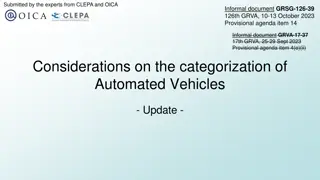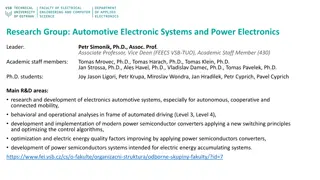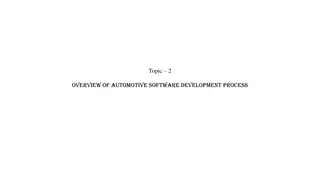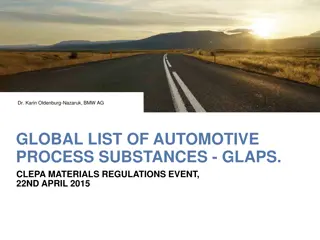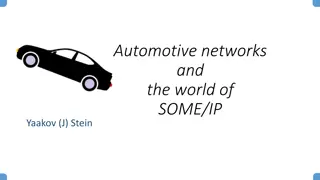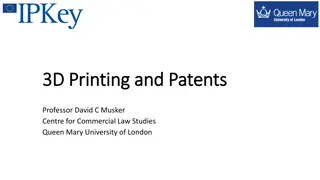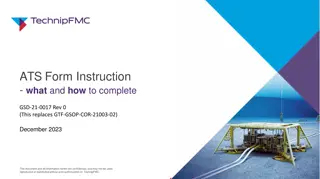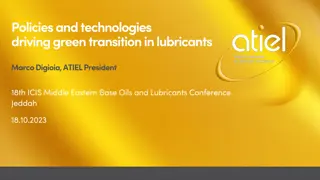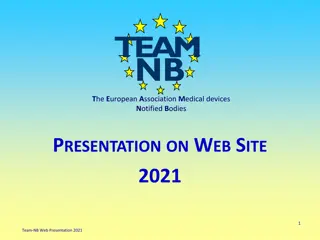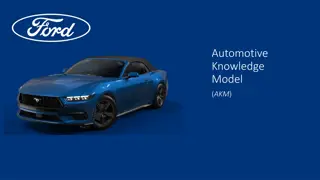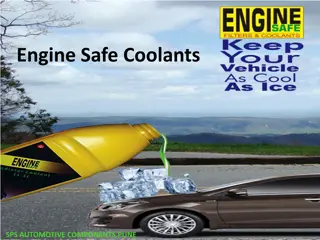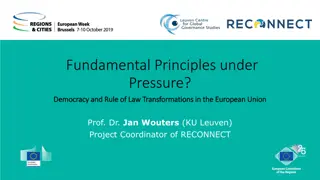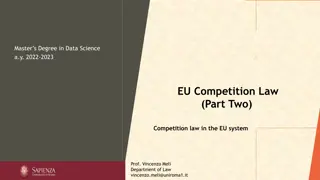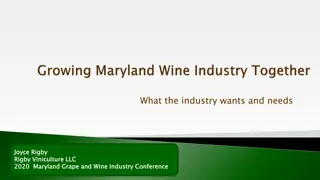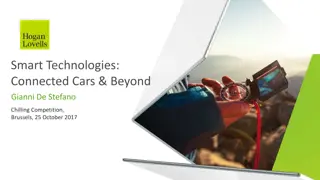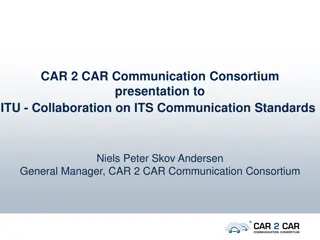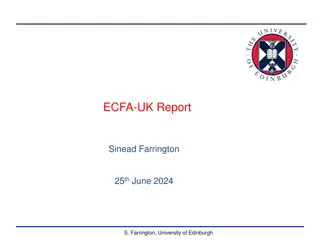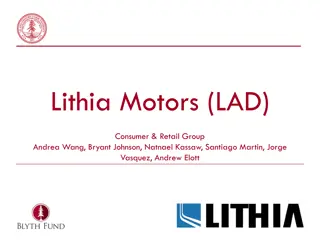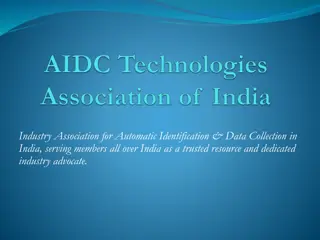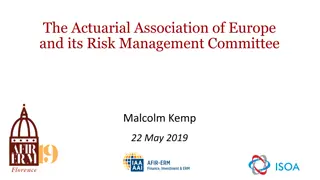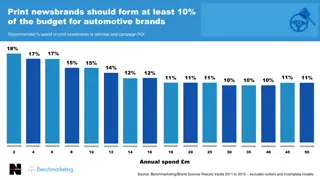European Association of Automotive Suppliers - CLEPA Conference and Industry Overview
Explore insights from the 2nd IRU/EU Road Transport Conference and facts about CLEPA, the European Association of Automotive Suppliers. Discover the member associations and corporate members, along with key statistics on the European automotive industry in 2011. Learn about the shift towards greener road transport solutions, including Battery Electric Vehicles and biofuels.
Download Presentation

Please find below an Image/Link to download the presentation.
The content on the website is provided AS IS for your information and personal use only. It may not be sold, licensed, or shared on other websites without obtaining consent from the author. Download presentation by click this link. If you encounter any issues during the download, it is possible that the publisher has removed the file from their server.
E N D
Presentation Transcript
2nd IRU/EU Road Transport Conference Efficient Solutions for Making Road Transport Greener CLEPA The European Association of Automotive Suppliers Lars Holmqvist, CEO Brussels, 29 February 2012
Facts about CLEPA CLEPA - the European Association of Automotive Suppliers, founded in 1959 and represents 85 corporate members of the world s most prominent suppliers for car parts, systems and modules 26 National trade and European sector associations representing more then 3000 member companies in total, 2500SMEs, more then 3 Million employees with 600 Billion Euro sales CLEPA is an accredited partner of the EU and the UN
Member Associations 13 National trade associations: 13 Associate members and Affiliate members : ACS (Slovenia) AFIA (Portugal) ACMA (India) EURO- MOULDERS GLASS FOR EUROPE MIRA LTD. SINDIPE AS (Brazil) SUPPLY ON TAYSAD (Turkey) TECCOM TECDOC VDI/VDE IT ZVEI EUROFORGE EUWA AGORIA (Belgium) ANFIA (Italy) AUTIG (Denmark) FIEV (France) FKG (Sweden) ILEA (Luxembourg) MAJOSZ (Hungary) RAI (The Netherlands) SERNAUTO (Spain) SMMT (UK) VDA (Germany)
Corporate Members Kirchhhoff Automotive Knorr - Bremse Koito Europe Kongsberg Automotive Kostal KYB Europe Magneti Marelli Mahle Magna e-car Systems Mann & Hummel Meccanotecnica Umbra Mitsubishi Electric MS Motor Service Int. Newell Rubbermeid NGK Spark Plug Europe NRF b.v. Osram Philips Automotive Lighting Pilkington Plastic Omnium Raymond Group Denso Dorel France Dunlop Tech Dytech Group Eaton Ebersp cher Erling Klinger Emitec Faurecia Federal-Mogul Ficosa Gates GKN Haldex Hayes - Lemmerz Hella Hjs Emission Technology Honeywell Huf Iteris Europe Johnson Controls Inc. Jtekt Europe KG Knutsson AB 3M Advanced Labels Tech. Aisin Akebono Brakes Arvin Meritor Autoliv Automotive Lighting Behr Bekaert Borg Warner Bos Bosal Bpw Brembo Brigade Britax Brose Fahrzeugteile Cie Automotive Cimos Continental Dayco Delphi Reflexite Remy Automotive Europe Robert Bosch Saint-Gobain Sekurit Sanden of Europe Schaeffler Group Sensata SKF Industrie Sogefi Takata Petri Tenneco ThyssenKrupp TMD Friction Services Toyota Boshoku Europe TRW Valeo VBG Group Wabco Web Webasto ZF
The European automotive industry 2011 12 million jobs in total 5 million in component manufacturing 1 million in OEMs 25 Billion Euro R&D 20 million vehicles manufactured 270 million vehicles on the road all with combustion engines
2015 Some Battery Electric Vehicles Electric buses in urban area Cars in urban area (privileged access) Vans in urban areas (privileged access) Plug in Hybrids Biofuels in limited amounts in areas with local production
2020 A majority of new buses in urban areas are battery electrical 5-10 % of new cars are BEV 5-10% of new cars are plug in hybrids Vans and light trucks in urban areas are mostly BEV Biodiesel for long haul trucks and coaches are now available in larger quantities
2025 All new buses in urban areas are now BEVs All taxis in urban areas are now BEVs More than 30% of all new cars are BEVs A large amount of new trucks and buses are hybrids Inductive charging is possible in some urban areas Fiscal penalties are introduced or fossil fuels New legislation for CO in place
2030 Most city centres are closed for vehicles powered by combustion engines A majority of the new cars are BEVs The infrastructure is ready and the smart grid is working Restriction in the use of cars with combustion engines are introduced Biodiesel production is scaled up New legislation for CO restricts the use of fossil fuels.
THANK YOU! CLEPA the European Association of Automotive Suppliers www.clepa.eu


